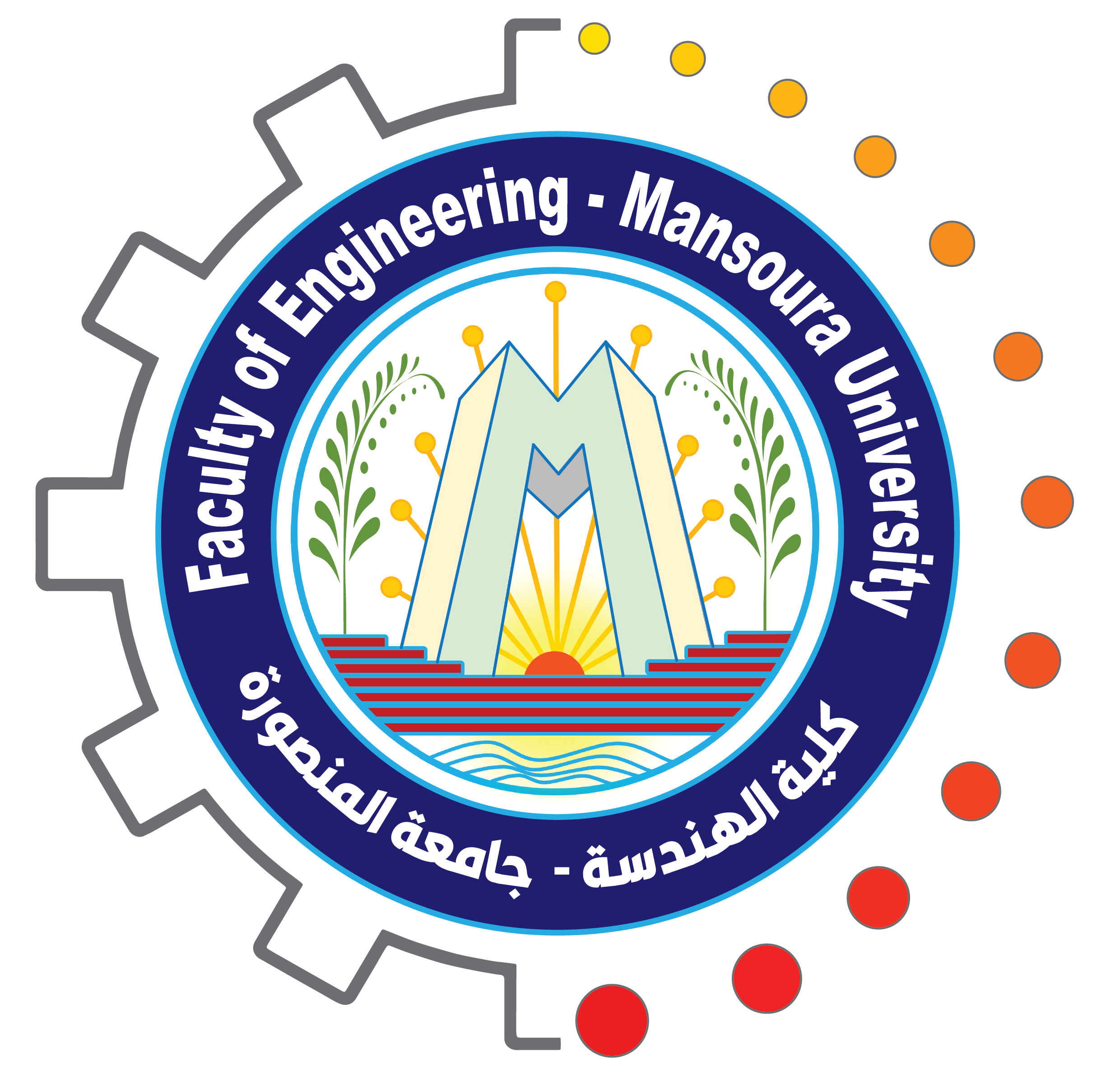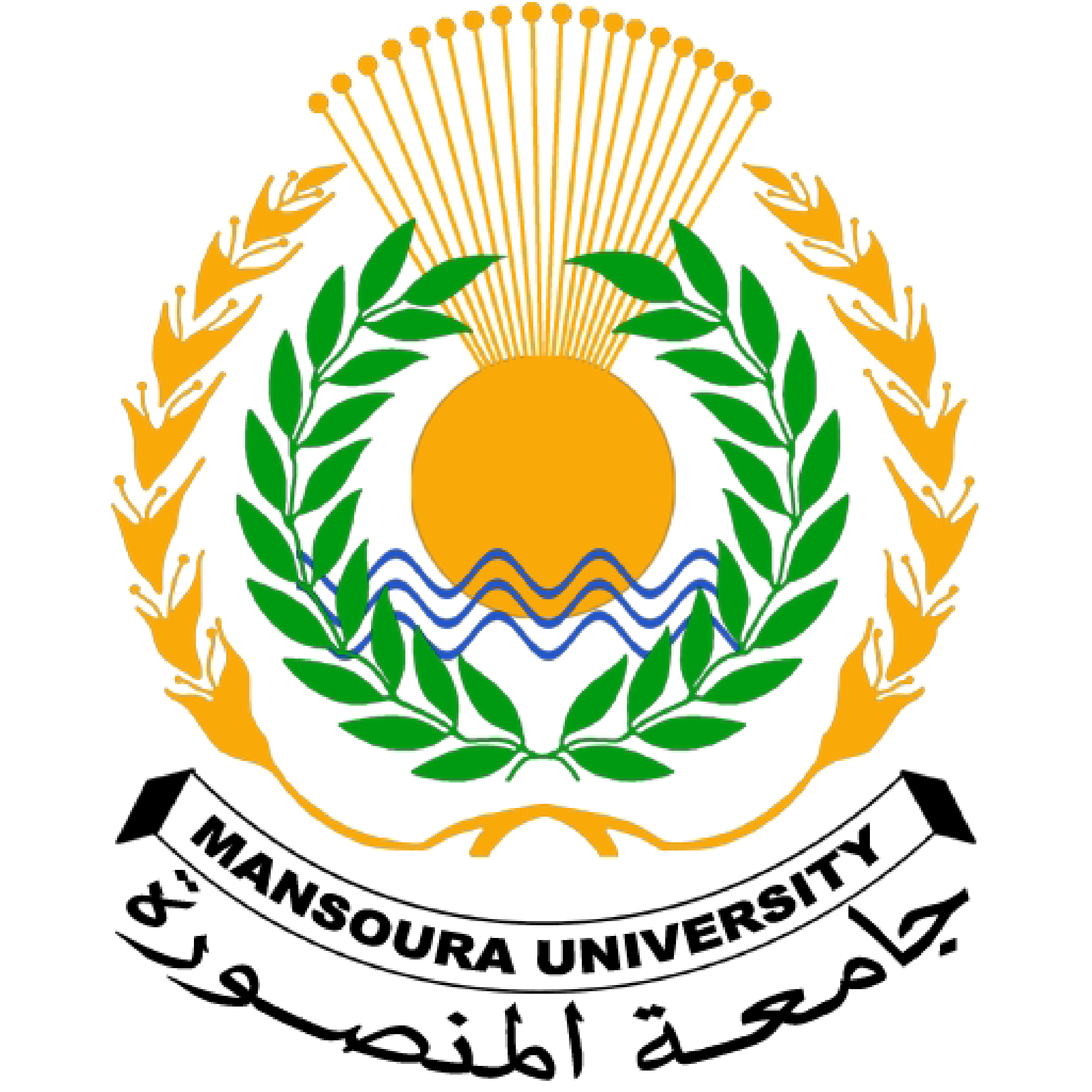Subject Area
Electronics and Communication Engineering
Article Type
Original Study
Abstract
The prevalence of liver cancer has surged in Egypt and worldwide, leading to increased use of AI for tumor detection and diagnosis. The objective is to boost accuracy and minimize errors in manually classifying liver images, a task that is laborious and time-consuming. This study seeks to create a high-performance system for detecting liver tumors in Computed Tomography "CT" scans, utilizing Convolutional Neural Networks "CNNs" and machine learning, which are prevalent in biomedical imaging. With a dataset of 9,255 CT images, the research involves three steps. First, three deep learning models are compared: that Liver Tuned High-Resolution Network (LTHR-Net), Deep Residual Network"ResNet50", and Visual Geometry Group Network "VGG19-Net". Next, three classifiers— Logistic Regression "LR", Random Forest "RF", and Support Vector Machine "SVM"—are evaluated for accuracy. Lastly, a majority voting algorithm is used to enhance detection accuracy through decision fusion. The model achieved 99.9% accuracy with LTHR-Net and majority voting.
Keywords
Visual Geometry Group 19 Network, Liver Tuned High-Resolution Network, CT Scan Images, Deep Residual 50 Network, Liver Tumor.
Creative Commons License

This work is licensed under a Creative Commons Attribution 4.0 License.
Recommended Citation
Badrawy, Noha Saad; Amer, Hanan M.; and Khalil, Apeer T.
(2025)
"Computer aided detection system for liver cancer using computed tomography images based on Artificial Intelligence,"
Mansoura Engineering Journal: Vol. 50
:
Iss.
3
, Article 7.
Available at:
https://doi.org/10.58491/2735-4202.3250
Included in
Architecture Commons, Engineering Commons, Life Sciences Commons










